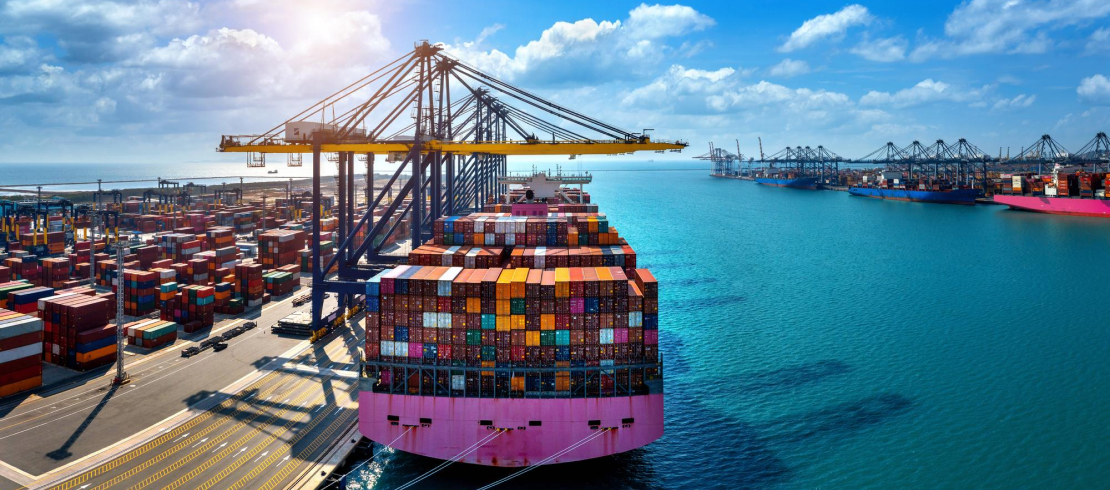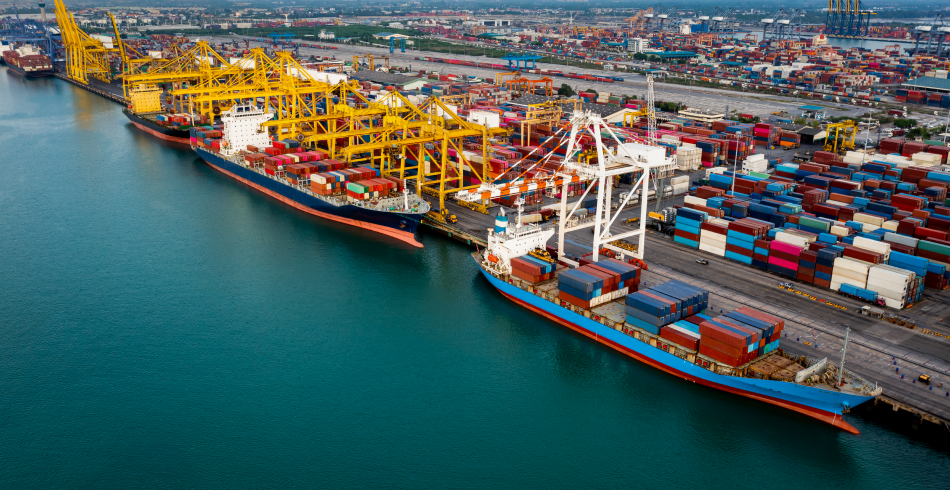Good Ports, Better Warehousing: How Port Efficiency Can Boost India’s Supply Chain

India’s maritime sector has undergone a remarkable transformation, positioning itself as a pivotal player in global trade. As of 2025, nine Indian ports have secured positions among the top 100 globally, a significant rise from just three in 2020. This progress is a testament to the concerted efforts in enhancing port infrastructure, efficiency, and capacity.
Progressing Port Industry
This efficiency has seen substantial improvements for Indian ports. The average container dwell time at Indian ports has decreased to 3 days, outperforming countries like the UAE and South Africa (4 days), the USA (7 days), and Germany (10 days). Over the past decade, the average turnaround time at major ports has been reduced by 49%, indicating swifter processing and reduced delays. The average output per ship berth day has risen by 52% from 2013-14 to 2023-24, reflecting improved operational efficiency.
India has made significant strides in expanding its port capacities as well. The total cargo handling capacity at major Indian ports increased from 871.52 million tonnes in 2014-15 to 1,629.86 million tonnes in 2023-24, marking an 87.01% increase. Simultaneously, cargo traffic has grown at a compound annual growth rate (CAGR) of approximately 6% over the past two decades, indicating robust growth in maritime trade.
Factors Driving Port Infrastructure Enhancement
One of the key drivers of this transformation has been Public-Private Partnerships (PPPs), which have brought in over INR 55,000 crore in investments over the past 25 years. This collaboration between the government and private players has led to substantial infrastructure upgrades, increased operational efficiency, and enhanced service delivery at ports. Additionally, the development of integrated infrastructure, including expansive road networks and dedicated freight corridors, has significantly improved connectivity between ports and industrial hubs. By reducing transit times and streamlining logistics, these advancements have strengthened India’s supply chain ecosystem. Moreover, large-scale government initiatives such as Sagarmala and Maritime India Vision 2030 have played a crucial role in modernising port operations and transforming select ports into regional economic hubs. These programs focus on expanding port capacities, adopting digital technologies, and improving hinterland connectivity, making India’s ports more competitive on a global scale.

Impact of Port Modernisation on the Warehousing Sector
The ripple effects of port modernisation extend well beyond the docks. Enhanced port efficiency ensures that goods move swiftly through the supply chain, keeping inventory levels optimal, reducing storage costs, and ensuring timely product delivery to end-customers. At Horizon Industrial Parks, we are at the forefront of these developments. By strategically locating our facilities near major ports and transport corridors, we ensure that our tenants enjoy the full benefits of streamlined logistics including reduced dwell times in our state-of-the-art warehouses. Our infrastructure is designed to support high-frequency shipments, fluctuating inventory, and specialised logistics solutions, making us a key partner in India’s robust supply chain network.
One particularly influential segment of warehousing directly impacted by ports is the Free Trade Warehousing Zones (FTWZs). FTWZs are designated areas within Special Economic Zones (SEZs) that function as foreign territories for customs purposes, allowing businesses to import, store, and re-export goods without paying immediate duties. As India continues to enhance its port infrastructure, FTWZs are emerging as critical trade enablers, benefiting from seamless cargo movement, improved customs clearance times, and state-of-the-art storage solutions.
Modernised ports with automated tracking, digital documentation, and faster container handling ensure that goods moving in and out of FTWZs experience minimal delays. This efficiency directly impacts businesses operating in these zones, allowing them to reduce dwell time, optimise working capital, and implement just-in-time (JIT) inventory strategies effectively. Additionally, FTWZs leverage advanced warehousing technologies—such as temperature-controlled storage, automated inventory management, and value-added services like kitting and repackaging—ensuring that goods are stored and processed with maximum efficiency.
With improved port connectivity and reduced licensing requirements, FTWZs are becoming increasingly attractive for foreign companies looking to establish a presence in India.